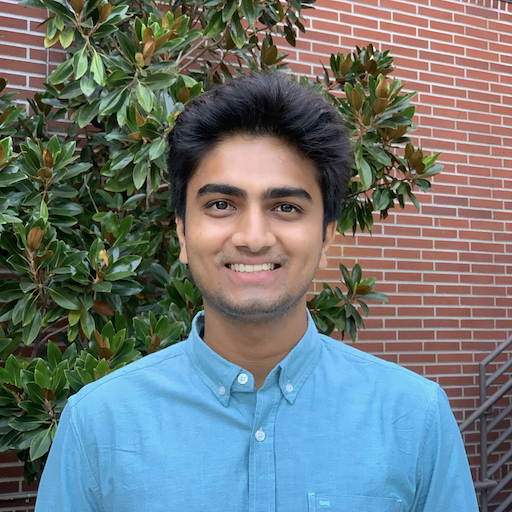
Archit Pandey
I enjoy building software and systems that are usable, performant and extensible. Currently, I'm working towards a Masters degree in Computer Science at the University of Southern California. Through my Masters degree I want to gain insights into the process of building and analyzing large software. I plan to achieve this by taking advanced coursework in operating systems, distributed systems, algorithms and software engineering.
Prior to starting my Masters degree, I worked as a software engineer at Deskera building full-stack web applications. At Deskera, our stack consisted of React, Javascript, Java, Go, PostgreSQL, Docker, Kubernetes and Kafka. During the 1 year I spent there, I got to play around with each part of the stack.
As an undergraduate, I was heavily involved in academic research. Understanding software and systems in academia played a crucial role in my education. My academic publications can be found on my Google Scholar profile.
Outside of school and work, I enjoy building open-source software. I have contributed to some cool projects such as DPDK (networking), OpenNetVM (networking) and GNU Wget2 (command line tool). Most of these contributions can be found on my GitHub profile.
Work
Projects
- Neuroapex - A collection of tools, datasets and tutorials for neuroimaging research.
- React Datagrid - Excel-like web component with support for types, sorting and filtering.
- DPDK Framework for Queue Management - High-performance (tested upto 40Gbps bandwidth), lightweight (1000 lines of C) framework for managing congestion in network queues.
- ONVM-Snort - Container based network function for intrusion detection.
- Secure Biometric Authentication - User authentication using encrypted biometric data.
- VoteChain - Distributed voting system web application using blockchain as a ledger to store votes.
- Handwritten Equation Solver - Web application to solve math equations in an image, using connected-component based image segmentation and a CNN model for symbol recognition.